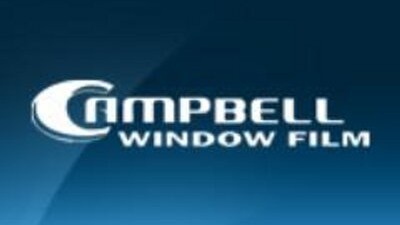Window Film Helps Buildings Cut Costs And Meet Title 24 Requirements

Property owners and managers nationwide are on the lookout for cost-saving innovations. At the same time, many commercial real estate pros in California are concerned with meeting Title 24's Part 6 requirements, which aim to reduce the state's energy consumption and encourage the installation of energy-efficient systems.
Window film can help achieve both objectives. But because building design, location and sun exposure can vary, installation companies that take a one-size-fits-all approach can fail to optimize solutions for individual buildings, resulting in a lower return on investment.
Campbell Window Film’s energy consulting process creates a comprehensive model that tests five different window film options. It uses historical weather and utility bill data, a questionnaire, building plans and an on-site assessment to forecast future electrical bills and return on investment with a high degree of accuracy.
"We first determine whether window film is viable and cost-effective for a given property," Campbell Window Film CEO Brad Campbell said. “Our computerized analysis will chart anticipated energy savings, plot a ROI timetable and identify available rebates. We provide all specifications and details needed for a successful RFP."

Property managers who invest in window film can save up to 10% on their energy bills, with reduced energy consumption of up to 19 kilowatt hours per square foot. The typical ROI is three years, with some owners seeing payback in less than one year. Window film can also help increase tenant satisfaction. It protects occupants by blocking 99% of ultraviolet rays. It can also improve building comfort by reducing harsh glare and hot spots to ensure a cool, consistent temperature throughout. According to Campbell, the temperature near a filmed window can be up to nine degrees cooler than the area near an untreated window.
“Our report identifies details like costs associated with installation, timetables for installation and specifications for insurance, contractor licensing and certification,” Campbell said. “We’ll also include an assessment of LEED points, all relevant warranty information and life cycle reports.”
According to Campbell, seeing is believing, so the installation of test panels is an indispensable part of his company’s consultation process. This allows owners to evaluate how various window films affect lighting inside the workspace and how building aesthetics are affected.
To learn more about this Bisnow content sponsor, click here.

